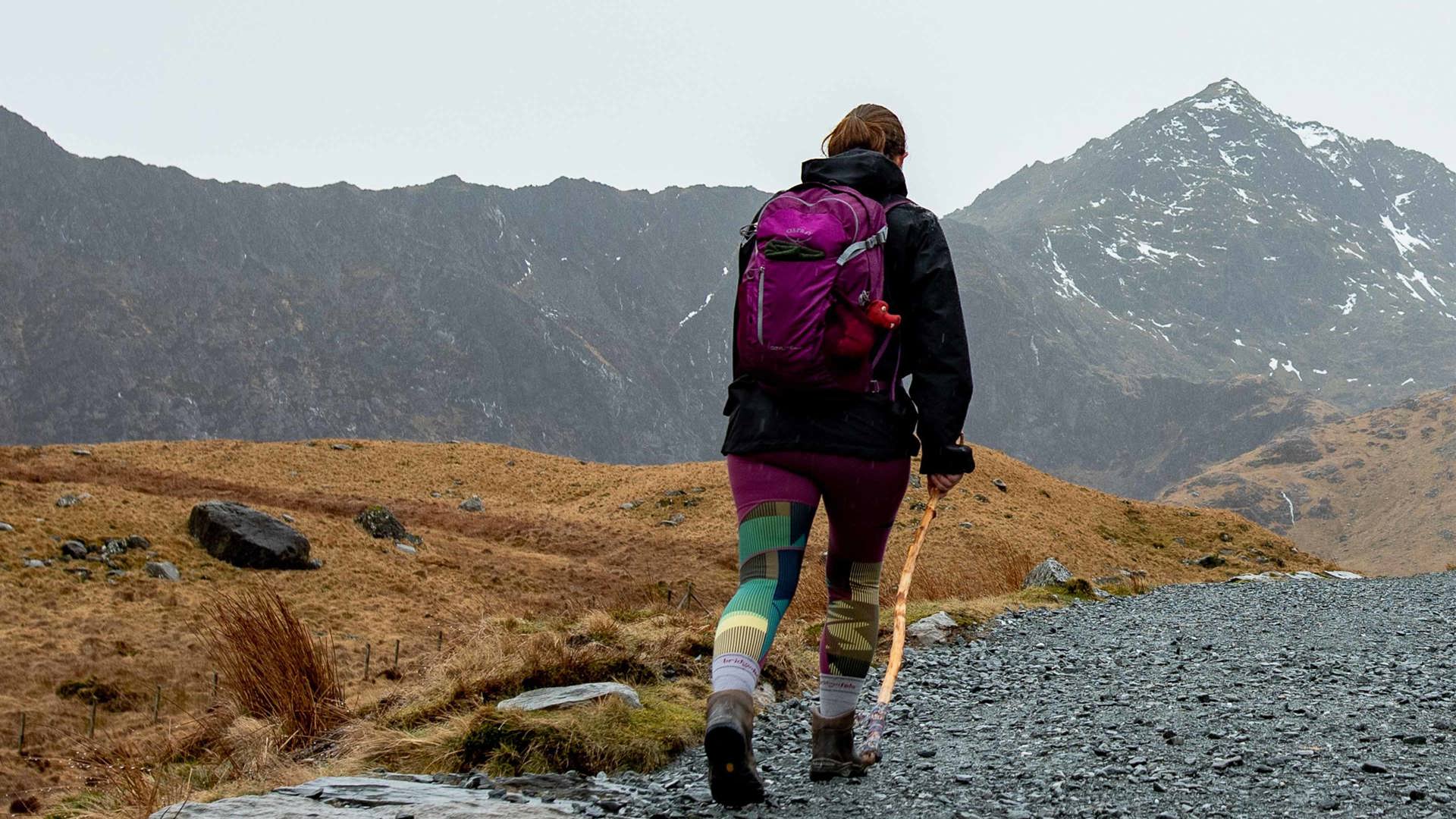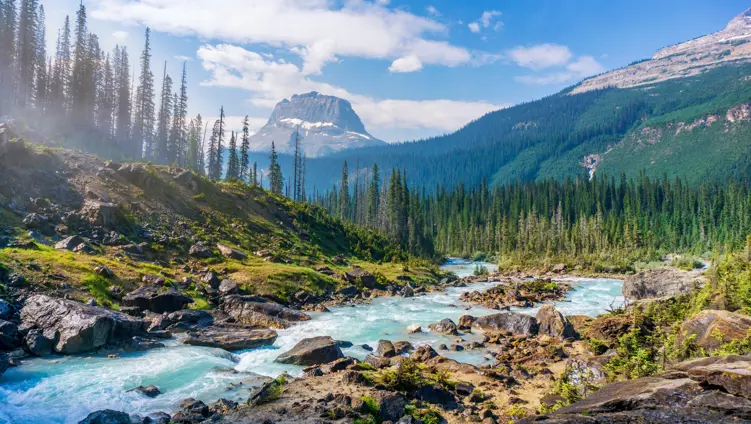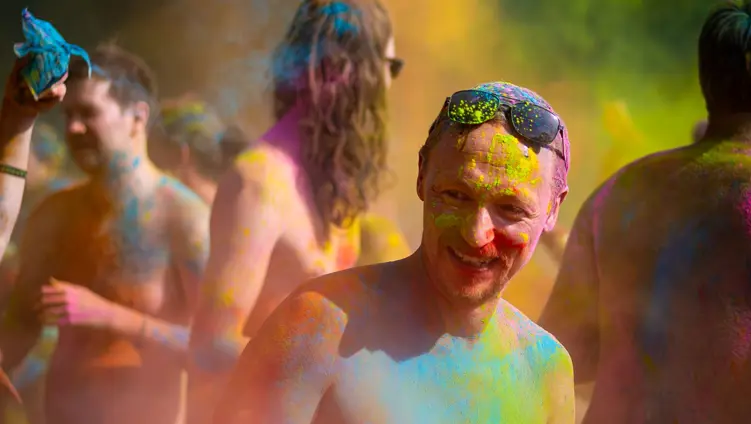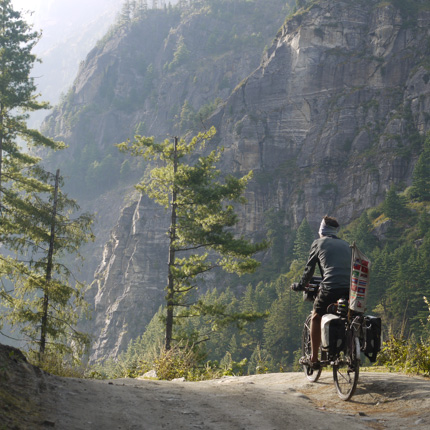Published on 11th February 2019
To mark International Epilepsy Day, Fran Turauskis discusses a new project that uses tales of adventure to shine a light on a condition that until now has had little representation in the outdoor community








